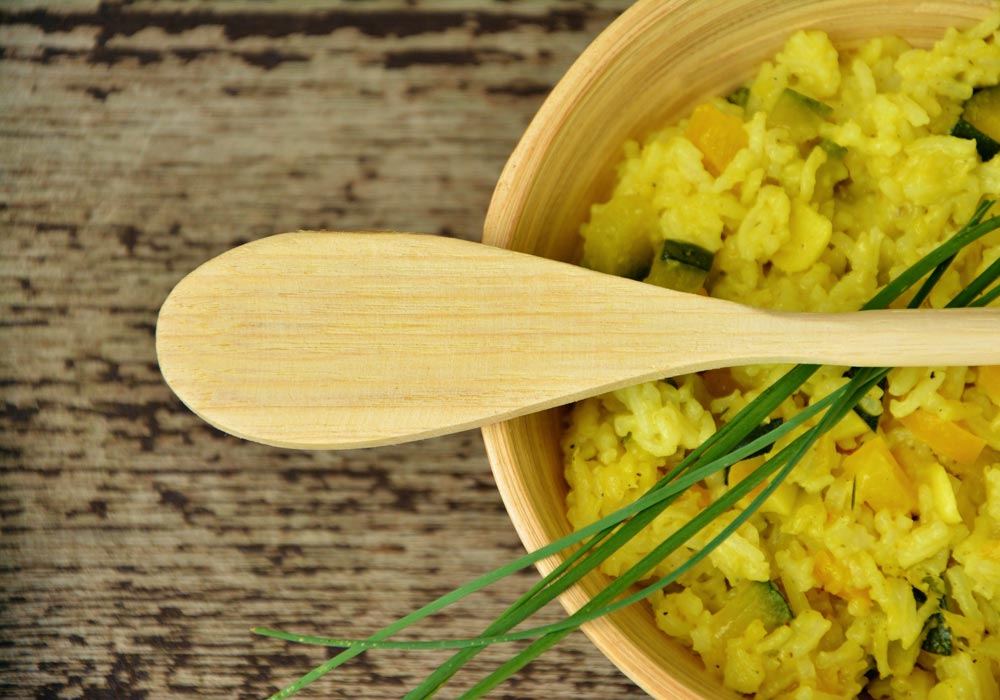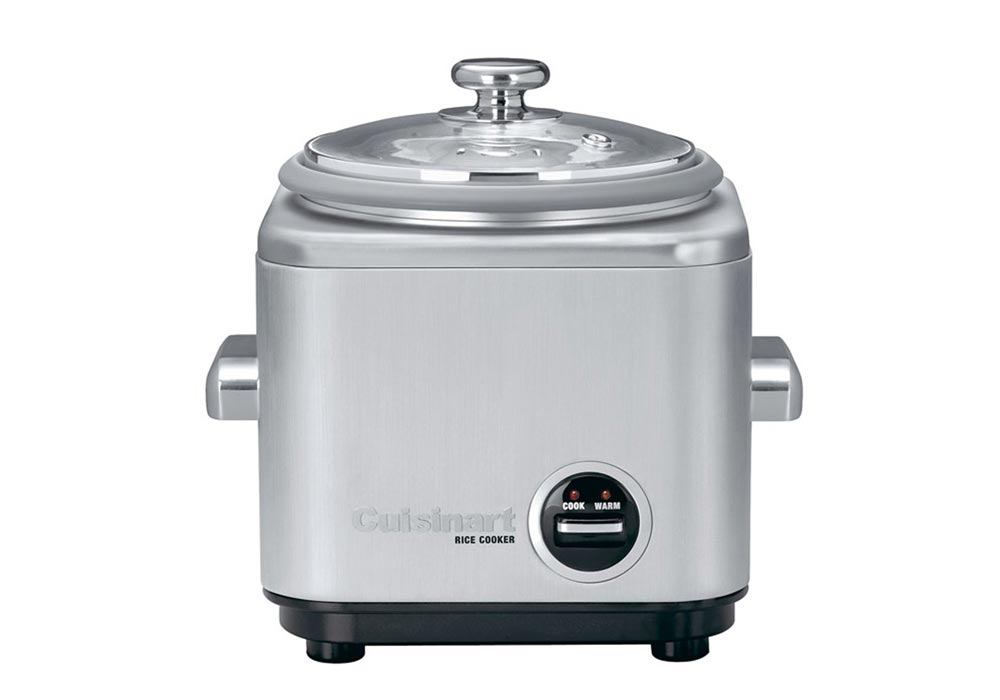Whole grain brown rice is a nutritious favorite of people all over the world, but particularly in Asian cultures. For rice to be edible, its outer hull must be removed. In fact, the difference between brown and white rice is that brown rice has just the hull removed. White rice has two other things removed: its cereal germ and its bran layer.
The remaining cereal germ and bran layer are what make brown rice a more healthful choice than white. Anyone who knows how to cook brown rice is at an advantage when it’s time to prepare a meal because brown rice is a major part of so many dishes.
Ideas and Tips for Preparing Brown Rice
- Because brown rice is much healthier than white, always try to use brown rice in meal recipes whenever possible. Most people enjoy the nutty taste and chewy consistency of it, especially the fact that it is more firm than white rice.
- Knowing how to cook brown rice is a good way to add fiber, nutrients, minerals and vitamins to a daily meal regimen.
- People who eat rice every day usually prefer brown rice because of its taste, natural appearance and its nutritional profile.
- A steamer makes rice-cooking much easier, but even the “old fashioned” method of using a pot of boiling water is simple and rather fast.
Easy Brown Rice Recipes from Japan
It’s never difficult to prepare Japanese style brown rice. Onions, spices, soy beans and the rice itself are the main ingredients for most Japanese versions of this tasty, nutritious dish. Here are two basic Japanese recipes that anyone can whip up in just a few minutes:
Brown rice w/ soy beans and onions:
To serve 4, use 250 grams of brown rice, 175 grams of frozen soy beans, one tablespoon of extra virgin olive oil, one tablespoon of low- or no-salt soy sauce, two teaspoons of grated ginger, one crushed garlic clove, and four thinly sliced spring onions.
After cooking the brown rice according to its package directions (which should take about 25 minutes), place the soy beans in with the rice during its last two minutes of cooking.
Mix all the other ingredients together in a small bowl.
Drain the beans and rice, place it into a serving bowl, and add the other ingredients by stirring them in.
Basic genmai (Japanese brown rice):
To serve 2, use one cup of brown rice and two cups of water. Wash and rinse the rice a couple of times and drain it thoroughly before placing it into a pot with the two cups of pre-measured water.
Let rice soak in the water for about one hour.
Bring the water-rice mixture to a boil. Stir it a few times before reducing heat to a low setting.
Cover the pot and let the rice cook in the low-heat water for a half hour.
Remove the pot from the heat source, keeping the lid in place. Let it sit for 10 minutes before serving.
How to Find the Right Rice Steamer
Rice steamers come in all shapes, sizes and prices. Like some of the high-quality blenders on the market, there are dozens (or more) settings, features, attachments, and gadgetry that accompanies rice steamers. Here are a few basic buying tips:
- Most of the better rice steamers on the market will automatically shut off, or switch to the “warm” setting, when the rice is done. Look for steamers that are versatile enough to steam vegetables and meats too, and come with their own steaming basket.
- For small cooking jobs, search out a “mini-cooker,” which is industry slang for rice steamers with a 3-cup capacity or less. Even if you don’t know how to cook brown rice, using a steamer to do 95 percent of the work is a solution that makes sense.
- For people who really want to learn the fine points about how to cook brown rice (or any kind of rice), there are several very good books available. One is called “The Ultimate Rice Cooker Cookbook,” and should be required reading for anyone whose regular meals include brown or white rice. It includes 250 recipes for chilli, soup, pudding, pilafs and many other foods that rice cookers can handle.
- For families and groups who regularly prepare rice and steamed foods, shop for an 8-cup steamer that has simple controls, easy-to-use functions and removable cooking pot for fast cleaning. The better models will include a serving spatula, steam tray or trays, a measuring cup, and some other handy accessories.
- When rice cookers say they are “8-cup” or “4-cup,” or “2-cup,” that measurement refers to the final yield, after cooking. The amount of uncooked rice that goes into the steamer is usually about half of the stated capacity.

